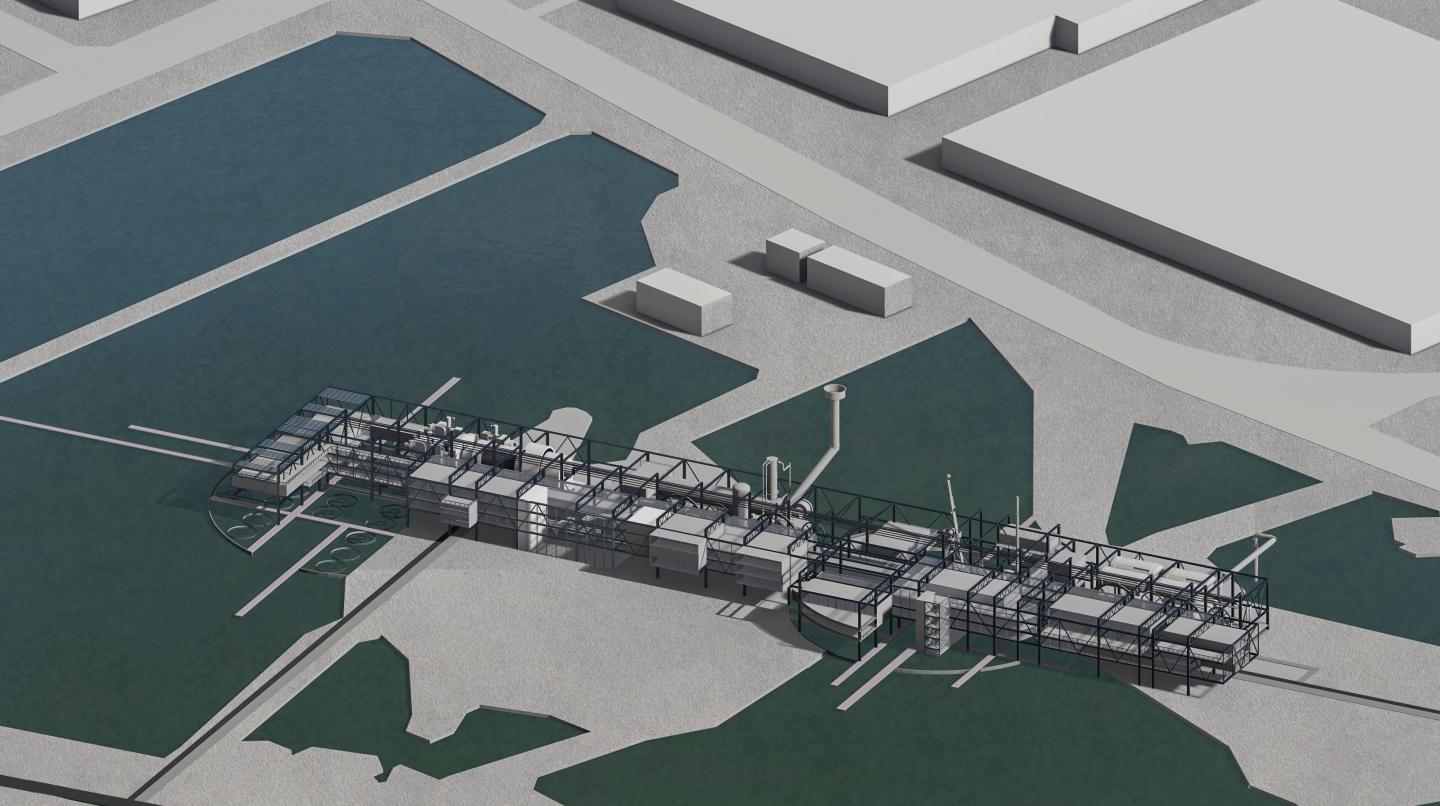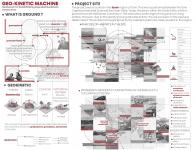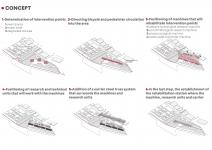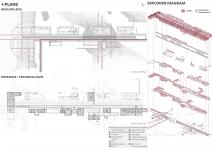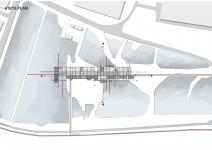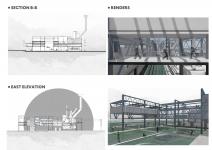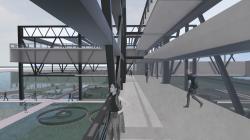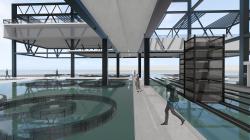The starting point of the project is the question: What is the Ground? I approach the ground as a "dynamic force encompassing the environment and nature" rather than a stable foundation or essence, as Heidegger described. This perspective leads the project to focus on Geokinetic Theory. This theory, discussed in Thomas Nail’s book, includes various geological and geographical events such as plate tectonics and climate change, and encompasses the dynamics of ecosystems, biosphere, and atmosphere, focusing on the dynamic state of the ground. Instead of viewing the world as an isolated object, subject, matter, or essence, this approach incorporates process theory, which Nail refers to as Geokinetic Theory.
Area of Degradation: Sasalı Wetland
-The project area is the wetland located in the Gediz Delta of İzmir. This area hosts numerous species, including flamingos. However, the surrounding developing industrial zone is degrading the soil, which serves as a habitat for these organisms.
The focus of the project is to analyze the damage observed in this area under the Geokinetic Theory. This theory covers various aspects such as the dynamics of soil structure, ecosystem movements, and the cycles of water and atmosphere. In examining the area, the primary issues can be categorized into disturbances in ecosystem movements, degradation of soil and water in the wetland, and damage to the atmosphere caused by emitted gases. Underlying problems include the disruption of the food chain among plants, organisms, and animals, primarily due to industrial wastewater discharged into the wetland. Additionally, the impact of chemical waste on the dynamism of the wetland and soil is also considered.
Project Goal
-The goal of the project is to raise public awareness and rehabilitate the degraded geokinetic connections in the Sasalı wetland, which has been damaged by industrial activity and supports numerous species. A 10,000 square meter research and monitoring facility, termed the Geokinetic Machine, has been designed for this purpose. This facility aims to investigate the causes of the damage inflicted by industrial activities and to place machines in the degraded areas to restore them to their natural balance.
Project Framework
-The first step involves identifying intervention points in the area, such as the wetland and degraded soil.
-The second step involves placing rehabilitation machines at these intervention points and initiating the restoration process.
-The next step is to develop research and technical units that will operate alongside these machines. A truss steel system will be added to support and transport these technical units and machines, resulting in a cohesive machine-mechanism-support framework.
2024
The project includes three main program components: four rehabilitation machines located at different points within the structure, a mobile rail system that transports samples from these machines to the research units, and technical units that analyze the samples and organize educational programs to raise public awareness. There is a steel framework that connects these three main program components.
Ground Level : Dedicated to rehabilitation machines and monitoring zones.
• Water Hydrology Control Ponds
• Wetland Hydrology Research Machine
• Ecoclimatological Machine
• Phytosociological Rehabilitation Machine
• Wastewater Treatment Machine
• Algae Cultivation Pond
6 Level
• This level features reception areas and technical units, including technical laboratories and seminar rooms.
9 Level
• Contains technical units and public spaces. It includes facilities for educational programs aimed at raising public awareness and areas for workshops.
12 Level
• Entirely dedicated to public areas. It includes public gathering spaces and social activity areas.
Designer Architect : Beyza Pekdoğan
Supervisor Architects: Assoc. Prof. Dr. Ülkü İnceköse, Assoc. Prof. Dr. Ebru Yılmaz, R.A. Ceren Ergüler
Favorited 5 times
